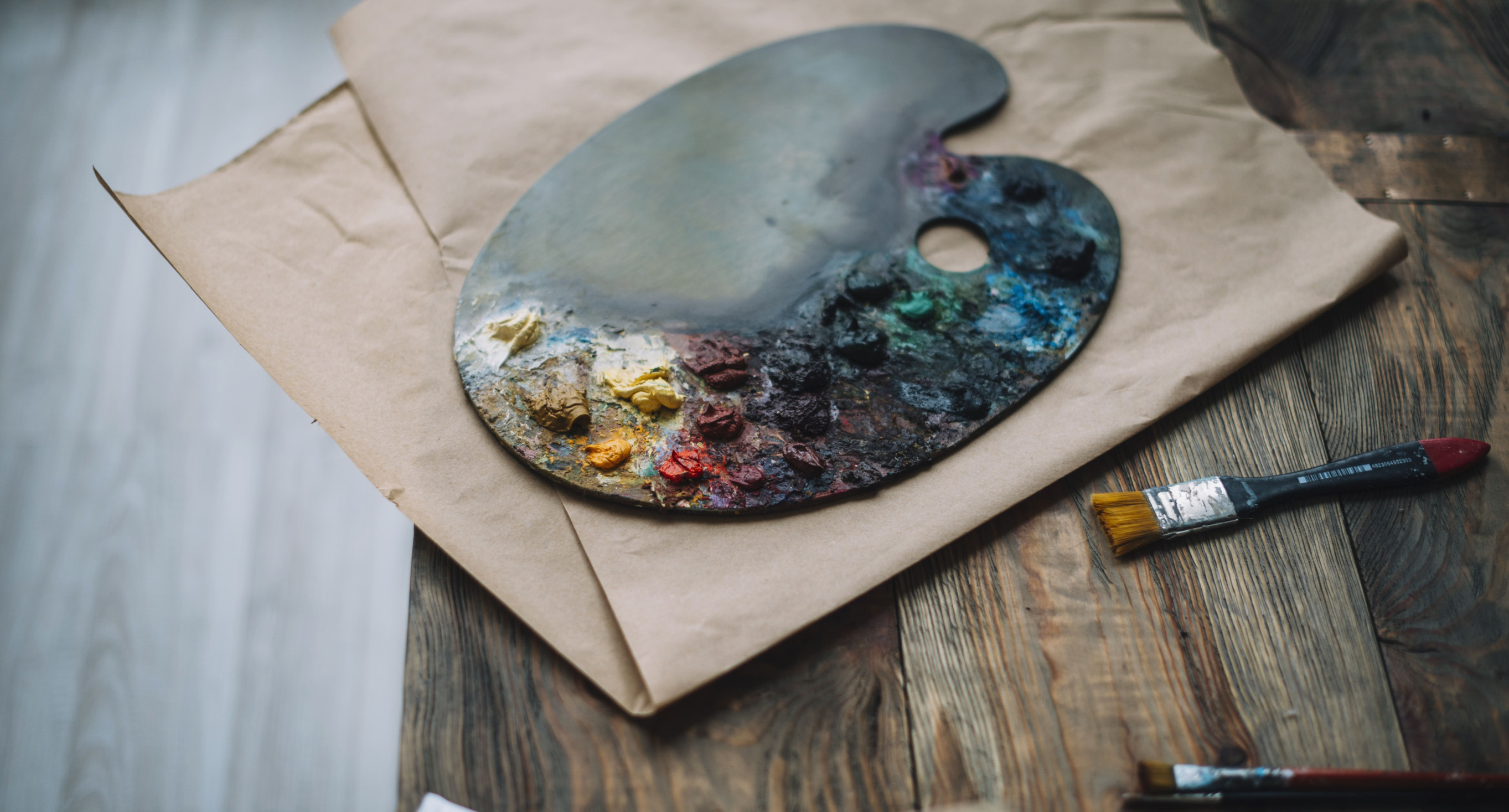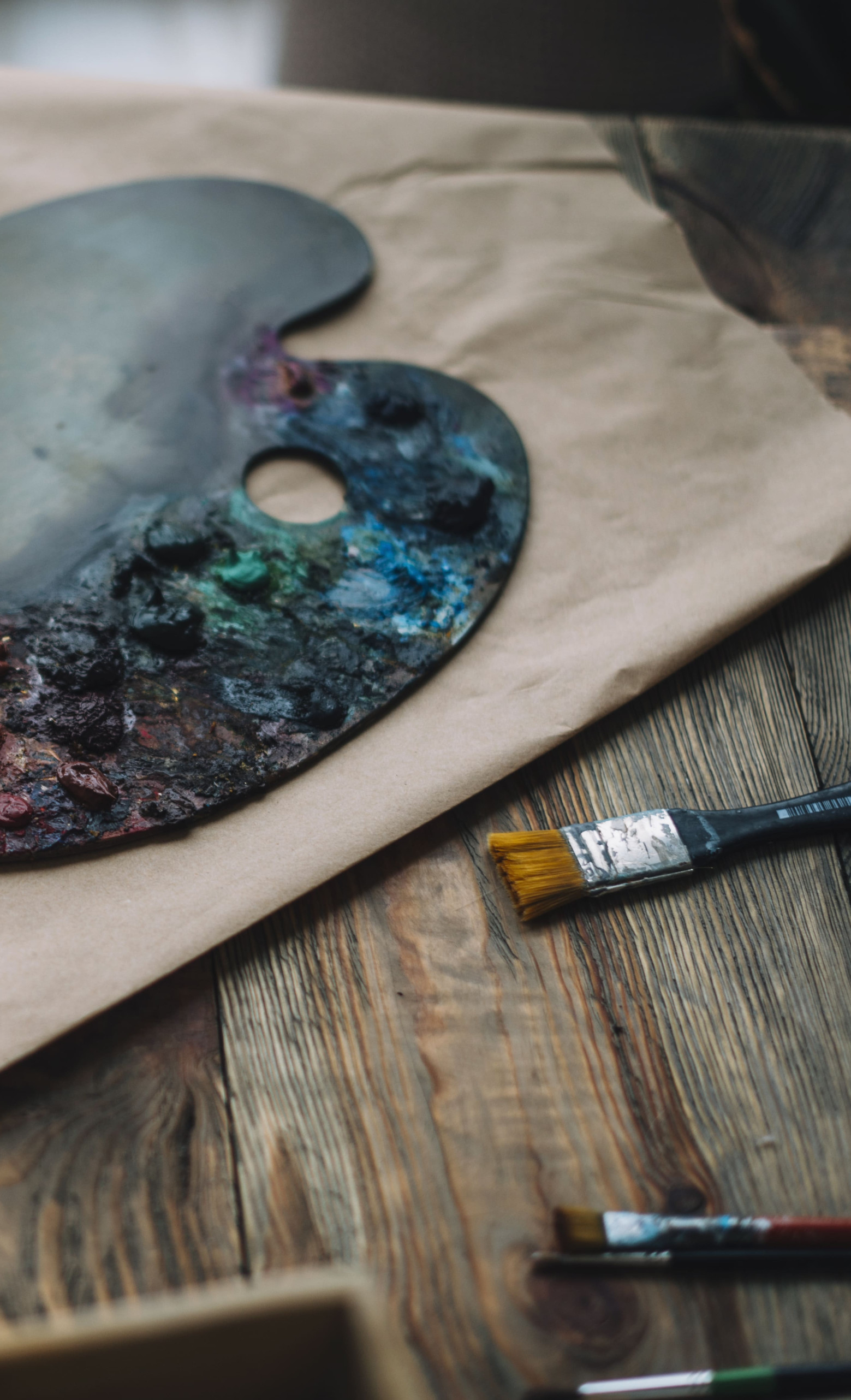War is destruction, chaos, and unjustified casualties.
Nevertheless, is the invader always interested only in the destruction of the enemy, his army, infrastructure, and his home? History and modernity show that not always.
World War II brought not only death and destruction but also significant cultural losses, particularly in Ukraine. During the war, our country lost about 98 million monuments, and only about 150,000 were returned.
What masterpieces did Lviv lose due to military actions? Where to find them now?
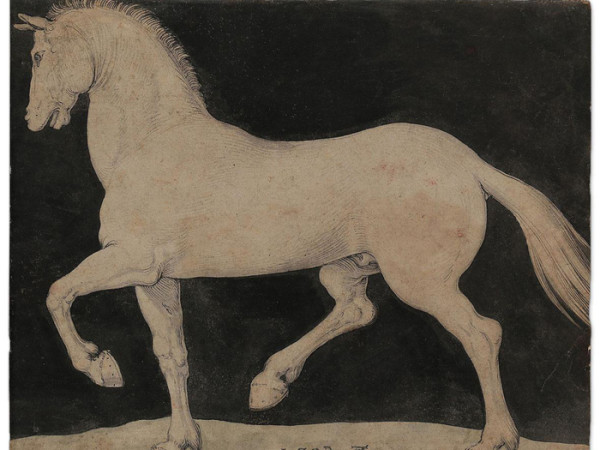
ALBRECHT DURER
Albrecht Durer became the first German artist who started to sign his works. This was the end of the medieval tradition of the anonymity of art.
Durer is best known for his graphic works. Heinrich Lubomyrski collected works of this genre in his collection. He later donated his treasure to the Lviv Ossolineum (now the building of the Vasyl Stefanyk Scientific Library).
During World War II, the Nazis confiscated Durer’s paintings, or rather by "special commissions for protecting works of art." The subsequent fate of the work is also full of adventures: the collection was later accidentally found by the US military in a salt mine near Salzburg.
This information has reached the descendant of the former owner of the works of Albrecht Durer – Georg Lubomyrski. He asked the military to return the engravings to him, noting that in this case, he would hand over some of the work to the National Library in Washington. Interestingly, neither in Washington nor back to Lviv, the engravings never got.
Georg Lubomirski sold the family collection, and it appeared in cities around the world:
- «The horse» and «Madonna» – at the Boymans Museum in Rotterdam
- «A man with an oar» – at the Institute Birmingham
- «Emperors Karl and Sigismund» – at the Courtois Institute of Art gallery in London
- «Naked woman» – at the National Gallery of Canada
- «Young bull» – at The Art Institute of Chicago
- «Deer head» – at the Nelson-Atkins Museum of Art in Kansas
- "Self-portrait", "Fortune" and "Holy Family" – at the Metropolitan Museum of Art in New York
- "Death of Christ" and "Ascension of Christ" – at the Cleveland Museum of Art
- «Boy resting» – at the Museum of Fine Arts in Boston
- «The Pelican in Her Piety» – at the Pierpont Morgan Library in New York
- The location of the drawing «Study of Drapery» is unknown
- 9 more works – in private collections in Great Britain, Germany, Canada, and the USA
Ironically, Adolf Hitler himself admired Durer's works, and the artist's hometown, Nuremberg, was the Führer's favorite city. It was also, where the trial of the leaders of Nazi Germany took place.
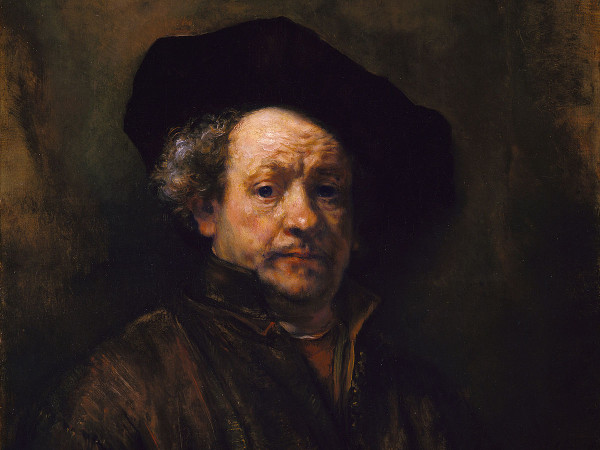
REMBRANDT VAN RIJN
An artist who loved selfies. Perhaps this is how we can briefly, though not perfectly accurately, describe the artist's work. After all, his "portfolio" includes about 80 self-portraits, which is 20% of all his work.
It is difficult to say now whether it was a well-thought-out strategy or just a call of the heart, but this genre of "selfie" worked well for Rembrandt's self-promotion. After all, when we see an artist in different variations, we involuntarily remember his face. Effective marketing, right? Moreover, this is in the 17th century!
Although Rembrandt van Rijn never visited Lviv, his work was popular and respected here. We know at least two of his paintings in our city.
The collection of the Lubomyrski Museum included a painting by Rembrandt. Later, it was transferred to an art gallery, from there during the German occupation she traveled to Krakow, then – to Bavaria. It is unknown where the picture is now.
One of Rembrandt's many self-portraits belonged to one of the members of the Lubomirski family we have already mentioned, Eleanor. During World War II, the family managed to hide and preserve this work, but the last member of the Lubomirski family sold the painting. Where she now also remains unknown.
In addition to these two samples, the Lubomyrski collection also included other paintings by the artist, which were exported from Lviv during the war and in the postwar period.
Another discovery was the appearance at an online auction of a portrait of Rosanda Lupul-Khmelnytska, the wife of Tymosh Khmelnytsky. Website visitors noticed the inventory number of The Lviv Historical Museum on the picture. Museum officials confirmed that the work had been stolen in 1960. The author is unknown, but there is a version that the authorship belongs to one of Rembrandt's students. Now the picture is back. It is on display at The Lviv Historical Museum.
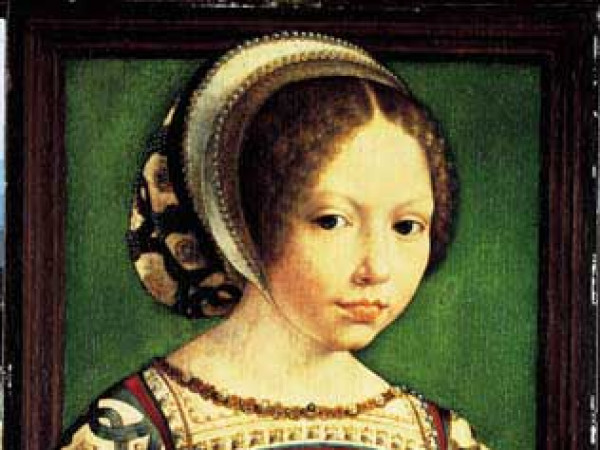
JAN GOSSAERT
To this day, Jan Gossaert remains a mystery to us. The exact name of the artist, his surname, place, or exact date of birth are not known for sure. All we know are just the most likely versions.
Nevertheless, Gossaert is well known as the father of Dutch romanticism, which in its style was guided by Italian traditions.
Like Self-Portrait, Gossaert's "Female Portrait" was lost from the Lviv Art Gallery in 1943. The museum staff was ordered to give out the painting at the request of German officials from administrative and military structures. The removed sight was to be handed over to the office and later sent to Krakow.
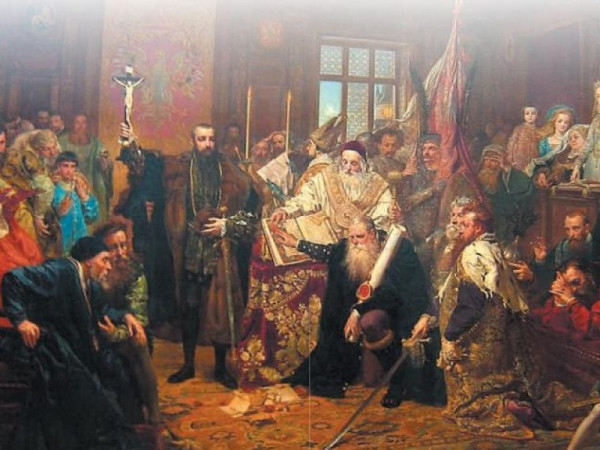
JAN MATEJKO
Jan Matejko is said to have painted the history of Poland. Indeed, the artist depicted many battle scenes, historical events, and prominent personalities. He has about 320 paintings, as well as numerous sketches and drawings.
This is not surprising. Matejko created with incredible zeal. He drank coffee all the time, smoked cigarettes, and stood in front of his canvases without a break, painting every detail.
Despite his undoubted talent, Jan Matejko spent part of his life in poverty. Until one moment. Count Potocki bought his painting "Skarga's sermon" for 10 thousand zloties. Two years later, he received 50,000 coins from Franz Joseph I for the painting "Rejtan".
Therefore, Matejko's talent was valued not only in Poland at that time. He was offered to head the Academy of Arts in Prague and for some time in his native Krakow. Although the Czechs were the first to make their proposal, Matejko preferred his hometown.
In addition to Poland, Jan Matejko's works are exhibited in the United States, Croatia, Hungary, and Italy. The artist's work did not go unnoticed in Lviv. There are at least three known paintings that were in Lviv:
- «The Lublin Union». Before World War II, the painting was in the collection of the Lubomyrski Museum in Lviv, which you have already heard about. In 1945, the canvas was already in Warsaw, at the National Museum. Later it was donated to the Lublin Museum.
- «Batory near Pskov». The painting was taken during the war from the collection of the Lviv Art Gallery to the town of Nowy Wisnicz in Poland. Now we can see it in the Royal Castle in Warsaw.
By the way, in this picture we can observe a historical inaccuracy: on the canvas, the artist depicts the surrender of the city, although in fact the Polish king never managed to take the city.
- «Rejtan at Sejm». This painting was removed from the Lviv Art Gallery at the same time as the "Batory near Pskov". Today we can also see it in the Royal Castle in the Polish capital.
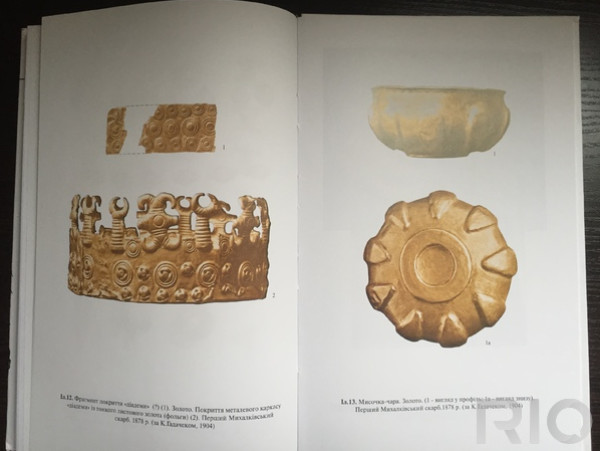
Mykhalkiv treasure
In 1878, residents of Mykhalkiv village near the Nichlava River came across objects that shone brightly in the sun. Later it turned out to be pure gold products dating back to the 7th century BC. Imagine, the total weight of these products was 7.5 kilograms!
Information about the found treasures quickly spread around the village, and then reached the neighboring region – Lviv. Vladyslav Zontak, the head of the Didushytsky Museum in Lviv then, was interested in the discovery and decided to buy it for his exhibition.
Mykhalkiv treasure belonged to the Lviv Historical Museum and was kept in one of the Lviv banks. They were put on display only during the festivities and with increased security.
In 1940, the Russian "deliverers" handed over the archeological monuments of the Academy of Sciences of Ukraine. Mykhalkiv treasure were taken to Kyiv and later to Moscow. There is information that they were also seen in St. Petersburg. However, the exact location of the gold is currently unknown. Several items from the treasures have found their way into private collections, as well as museums in Vienna, Budapest, and Berlin.
According to one version, the Mykhalkiv treasure is the sacred gold of the Agaphirs, the Scythian neighbors mentioned by Herodotus.
We have told you only about the biggest and most famous cultural losses of Lviv during World War II. How many other similar seizures, removals, and thefts! Other museum exhibits, private family collections, books, manuscripts, rare editions, and old prints were also exported.
Unfortunately, today we can see similar theft and destruction of cultural values, but in real-time. The Russian occupiers removed all valuable monuments from the Museum of Local Lore and the Kuindzhi Art Museum in Mariupol. In particular, the originals of Arkhyp Kuindzhi's and Ivan Aivazovsky's paintings were stolen.
Each of these things is a huge loss. That is why it is necessary to work on their return or equivalent exchange.
